Social Media: Then and Now
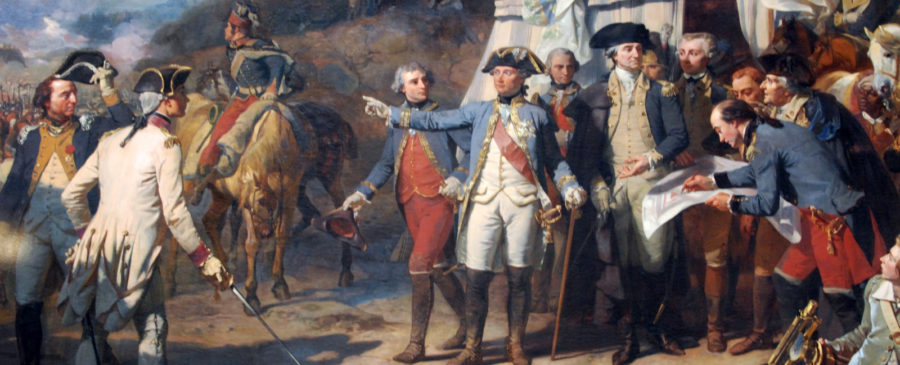
How many Twitter Followers do you think George Washington had? How many times did he tweet to the newly formed government? Were Alexander Hamilton and James Madison Facebook Friends? Did Thomas Jefferson find LinkedIn a good resource? Can you visualize Ben Franklin sending emails? How many of the founding Founders used Snapchat?
In my last article The Declaration of Independence was Published without Social Media, I discussed the resourcefulness of the early American printers. I asked the questions:
Could we exist without the advanced technology of today? Could the Declaration of independence be published without the advances made possible by the American Spirit of our Founding Fathers? Would we be guaranteed life, liberty and ownership? Would we even have social media or the devices we access it on?
George Mason didn’t have a Copy Machine
 That all men are by nature equally free and independent and have certain inherent rights, of which, when they enter into a state of society, they cannot, by any compact, deprive or divest their posterity; namely, the enjoyment of life and liberty, with the means of acquiring and possessing property, and pursuing and obtaining happiness and safety.
That all men are by nature equally free and independent and have certain inherent rights, of which, when they enter into a state of society, they cannot, by any compact, deprive or divest their posterity; namely, the enjoyment of life and liberty, with the means of acquiring and possessing property, and pursuing and obtaining happiness and safety.
Section I of the Virginia Declaration of Rights
American Printers: American Patriots
James Humphreys Jr. was a Tory who had taken an oath of allegiance to the King of England. His paper, The Pennsylvania Ledger, sported the King’s Arms in the masthead. He promised political impartiality in his byline. Benjamin Towne, the printer of The Pennsylvania Evening Post, badgered Humphreys for his political beliefs and drove him out of town to get a share of the congressional printings.
To appease his readers, Humphreys dropped the King’s Arms from his masthead on June 22nd. He published the Declaration of Independence on July 13 on page two. On the front page, he printed a large ad for the second edition of Thomas Paine's seminal work Common Sense. Humphreys was a distributor for this work and used his newspaper to generate business for his book sales.
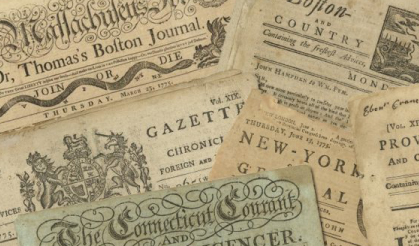 The Connecticut Courant, the oldest continuously printed newspaper in America, was established by Samuel Green, the descendant of a famous printing family in Connecticut. When Samuel died, his partner Ebenezer Watson took over the paper. After the British captured New York, The Connecticut Courant became the largest newspaper in the Northeast.
The Connecticut Courant, the oldest continuously printed newspaper in America, was established by Samuel Green, the descendant of a famous printing family in Connecticut. When Samuel died, his partner Ebenezer Watson took over the paper. After the British captured New York, The Connecticut Courant became the largest newspaper in the Northeast.
Ebenezer Watson was famous for his humanity and loyalty to independence. He discarded the King's Arms as the masthead and substituted the Arms of Connecticut. On July 15, 1776, he printed the Declaration of Independence on page two, following another report of speeches in the Parliament showing growing support for the American cause.
Watson died of smallpox in 1777. His wife, Hannah, took over the press. She was the first female printer in Connecticut and successfully ran the printing house through great adversity, including a disastrous fire that destroyed the Courant's paper mill. She petitioned the Connecticut Legislature for a loan to restore the mill. Within a day, the legislature approved a state-run lottery to support the rebuilding of the mill. The Courant didn't miss an issue.
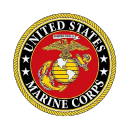
Subscribe to Bill's monthly newsletter!
Please enter your name and e-mail below, and we will add you to our mailing list.
American Printers Shaped Support for the Revolution
Printing the Declaration after the pro-American speeches in Parliament shows another way printers subtly shaped support for independence, and its subsequent history confirms the importance of women printers in the Revolutionary era.
John Rogers began The American Gazette on June 22, 1776, but it only lasted a few weeks. This was enough time to include the Declaration of Independence in his July 16th issue. The Declaration is on the first page and the last page of the four pages of the paper. Inside was the Lord Richmond speech.
Thomas and Samuel Green were sons of the Samuel Green who established a printing dynasty in New England. These brothers published The Connecticut Journal between 1767 and 1809. They published the Declaration of Independence on July 17th.
Edward Powars and Nathaniel Willis purchased The New England Chronicle from Samuel Hall on June 13, 1776. They ran the Declaration on the front page. Inoculation for smallpox was important in 1776. The ad in The New England Chronicle illuminates one of the major dangers that threatened to undermine the American struggle for independence.
Isaiah Thomas founded The Essex Journal on December 4, 1773. Thomas was a prolific printer, editor, writer, and author of the definitive History of Printing in America. He also founded the American Antiquarian Society, the most important repository of eighteenth-century American newspapers in the world. Thomas sold his rights to the newspaper to Ezra Lunt in 1774 who then sold to John Mycall.
God Save our America
John Mycall printed the Declaration on page one. Following the Declaration, there is a proclamation delivered on July 4 in Watertown, Massachusetts, calling for August 1 to be a day of "public humiliations, fasting and prayer," to bring an end to the British atrocities against Americans. The proclamation ends with the emphatic declamation "GOD save AMERICA!"
John Dixon and William Hunter printed the Declaration of Independence on page two of their July 20 issue of The Virginia Gazette out of Williamsburg, Virginia. Dixon and Hunter owned one of three newspapers titled "Virginia Gazette" in Williamsburg at this time. On June 1, 1776, they printed George Mason’s Declaration of Rights adopted by the Virginia constitutional convention.
Thomas Jefferson closely followed the wording and ideas of this document, as can be seen in its words:
 That all men are born equally free and independent, and have certain inherent natural rights, of which they cannot, by any compact, deprive or divest their posterity; among which are, the enjoyment of life and liberty, with the means of acquiring and possessing property, and pursuing and obtaining happiness and safety.
That all men are born equally free and independent, and have certain inherent natural rights, of which they cannot, by any compact, deprive or divest their posterity; among which are, the enjoyment of life and liberty, with the means of acquiring and possessing property, and pursuing and obtaining happiness and safety.
The material the Gazette printed in the weeks surrounding the appearance of the Declaration of Independence supports Jefferson's contention that the Declaration was not an original work but "an expression of the American mind."
Benjamin Edes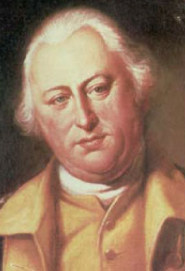 was a great patriot and printer in Boston. When the British took Boston, he escaped by night in a boat with a press and a few type fonts. He opened a printing house in Watertown, Massachusetts, where he continued publishing his paper The Boston Gazette. The quality of printing suffered greatly due to the deprivations of war. Printing presses, type, ink and paper were all imported from England. Edes had to work with worn type, poor quality ink, and a severe shortage of paper. The available paper was barely fit for printing.
was a great patriot and printer in Boston. When the British took Boston, he escaped by night in a boat with a press and a few type fonts. He opened a printing house in Watertown, Massachusetts, where he continued publishing his paper The Boston Gazette. The quality of printing suffered greatly due to the deprivations of war. Printing presses, type, ink and paper were all imported from England. Edes had to work with worn type, poor quality ink, and a severe shortage of paper. The available paper was barely fit for printing.
To address the paper shortage, Edes advertised for rags from which paper was made. On the last column of page one, along with the Declaration of Independence, Edes advertised "Cash given for clean Cotton and Linen RAGS, at the Printing Office in Watertown." The Declaration appears here amid evidence of what the war for independence cost printers and their profession.
Congress’s Intent to use Newspapers
Alexander Purdie was born, and learned the printing trade, in Scotland. He printed the Declaration of Independence in his Virginia Gazette on the front page on July 26, 1776. At the top of column one he printed this notice:
"In COUNCIL, July 20, 1776, Ordered THAT the printers publish in their respective Gazettes the DECLARATION of INDEPENDENCE made by the Honourable of the Continental Congress, and that the sheriff of each county of this commonwealth proclaim the same at the door of his courthouse the first court day after he shall have received the same." This notice is primary evidence of Congress's intent to use newspapers to print and disburse a government document.
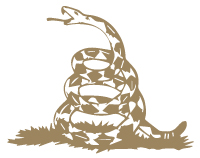 Purdie's patriotism is apparent in the newspaper masthead, where the Arms of Virginia include the famous phrase "Don't Tread on Me" and below the masthead is the subtitle "High Heaven to Gracious Ends directs the Storm!"
Purdie's patriotism is apparent in the newspaper masthead, where the Arms of Virginia include the famous phrase "Don't Tread on Me" and below the masthead is the subtitle "High Heaven to Gracious Ends directs the Storm!"
On page two following the Declaration is the following report: "Williamsburg, July 26. Yesterday afternoon, agreeable to an order of the Hon. Privy Council, the Declaration of Independence was solemnly proclaimed at the Capitol, the Courthouse, and the Palace amidst the acclamations of the people, accompanied by firing cannons and musketry, the several regiments of continental troops having been paraded on that solemnity." This is an eyewitness report of the celebrations surrounding the publication of the Declaration of Independence, a celebration that has continued uninterrupted for 241 years.
Ebenezer Watson was famous for his humanity and loyalty to independence. He discarded the King's Arms as the masthead and substituted the Arms of Connecticut. On July 15, 1776, he printed the Declaration of Independence on page two, following another report of speeches in the Parliament showing growing support for the American cause.
Watson died of smallpox in 1777. His wife, Hannah, took over the press. She was the first female printer in Connecticut and successfully ran the printing house through great adversity, including a disastrous fire that destroyed the Courant's paper mill. She petitioned the Connecticut Legislature for a loan to restore the mill. Within a day, the legislature approved a state-run lottery to support the rebuilding of the mill. The Courant didn't miss an issue.
Printed on Paper using Handset Type and Ink
Congress wrote the Declaration of Independence to be read by as wide an audience as possible. To this end, thirty newspapers in America printed it. The Library of Congress owns fifteen original copies of these printings.
The promises to life, liberty, and the pursuit of happiness have yet to be achieved in much of the world, yet without these promises, we would not have come as far as we have today.
Keeping the Declaration of Independence fresh and alive in our hearts and minds will continue the spread of liberty. I hope that my sharing of the importance of studying the first printings of the Declaration of Independence in newspapers will educate and inspire you as much as it has inspired me.
When I wrote 20/20: A Clear Vision for America, I described the issues that “We the People” are facing in 2016. We face the same concerns in 2016 our Founding Fathers faced in 1776. Sadly, now we are now facing tyranny from within. In 1776, about fifteen percent of Americans wanted sovereignty. I hope and pray that more citizens want it today. We must band together to agree on a new course.
20/20: A Clear Vision for America is clearly the new vision Americans need.
Stay tuned. The Muckster is here with a Clear Vision for Our future.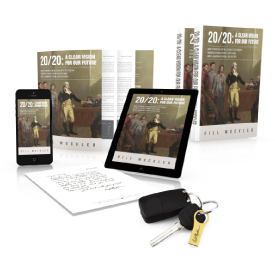
Read more of my “casually sarcastic” articles to discover that I am an equal opportunity critic of all types of anarchy and nonsense. Check out the blog.
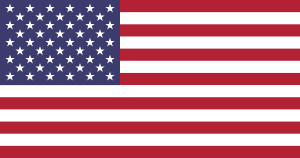
Spiritus meus es tu. Ego semper fidelis.
God Bless you and God Save our America. Our country, our Constitution, our culture, our civilization and our children need you now more than ever. Don’t ever forget what these brave printers did for us.
The Perfect Gift for Any American
20/20: A Clear Vision for America is priced perfectly. A priceless value. You can spend a lot more, but your recipient will never receive as much value as a gift that is personally inscribed and signed by the author. And the author pays all shipping and handling charges plus any applicable taxes. There are no extra charges.
All this value for so little effort. No shopping. No lugging stuff. No standing in long lines. No looking for your auto in a cold parking lot. It’s all done for you.
The Gift with the Perfect Message
The reader will learn how to regain our country’s liberty and freedom. They will relate to the 20 solutions to America’s 20 worst problems that are intensified by senseless policies imposed by the political establishment. 20/20: A Clear Vision for America is a book of common-sense answers written in a style readers can readily identify with.
Something Extra Special for that Extra Special Person
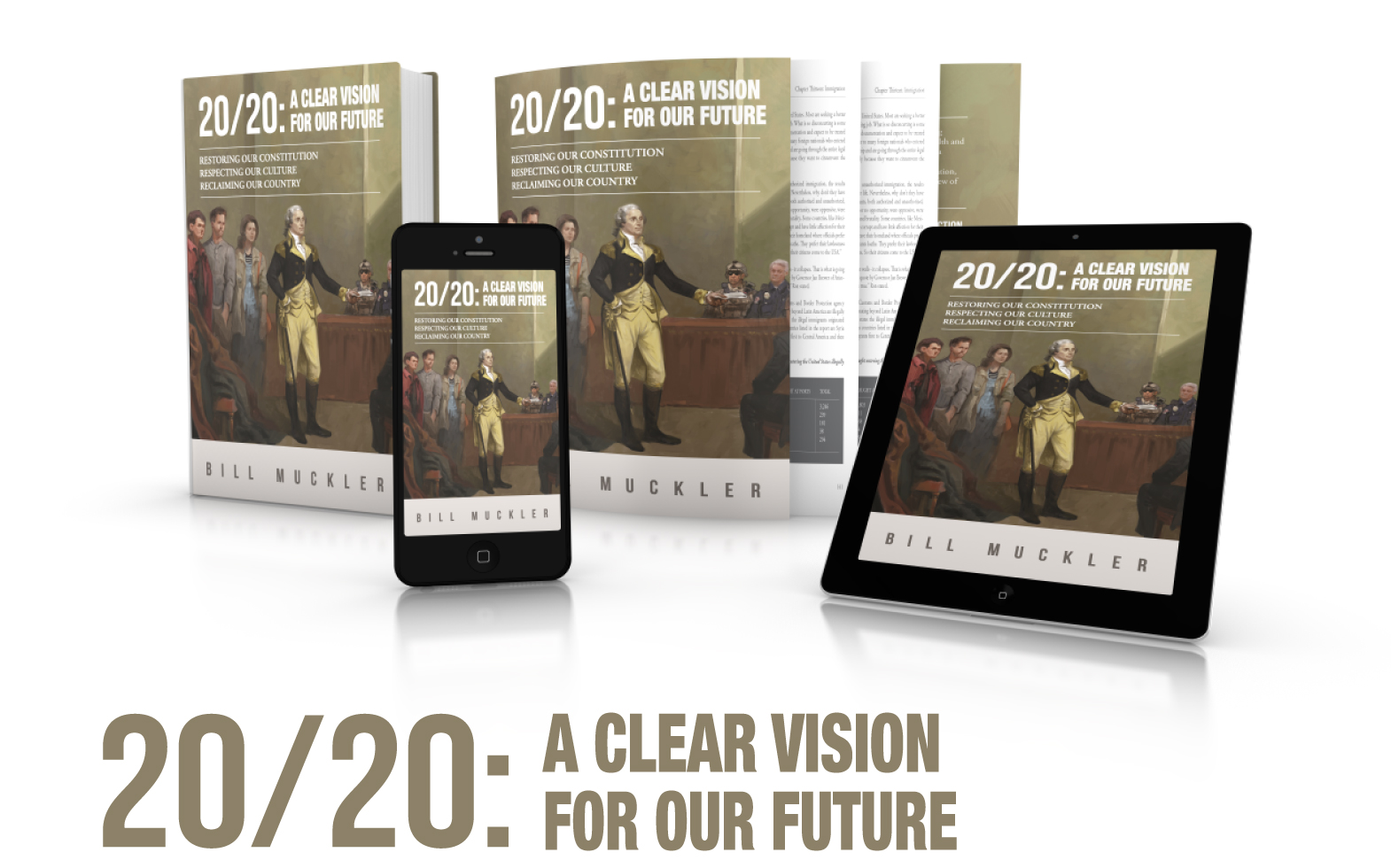 Did you know many of us support inventors, authors, artists and other entrepreneurs through crowdfunding? It’s a wonderful way to help independent creators bring their projects to life.
Did you know many of us support inventors, authors, artists and other entrepreneurs through crowdfunding? It’s a wonderful way to help independent creators bring their projects to life.
Did you know that many authors use the names of their family and friends as characters in their books? It is a way to honor and memorialize loved ones.
Do you know that I am writing a new book and need family and friends to help tell the story of the Constitution and other important topics? Did you know that I want to honor you with a part in the narrative?
Do you know that the names of my backers and supporters are on my webpage? Do you know that those backers and supporters will also be acknowledged forever in print in my new book?
Do you know that I would be honored to have your name listed as one of my backers and supporters? Do you know that I want you to be on my team? Did you know how important it is that I hear from you?
Do you know there will be a void in my book and in my heart if you don’t appear in my new 20/20 Vision book? It’s safe and easy to go to my website and pledge $250, $100, or $50 and you’ll get lots of priceless rewards including lots of signed books as gifts to your family and friends who will read your name in the new book. Time is running out. I need your name now!
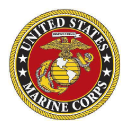
Subscribe to Bill's monthly newsletter!
Please enter your name and e-mail below, and we will add you to our mailing list.

Finally, an author who brings you solutions, instead of problems.
Americans have lost faith in their overreaching federal government. “We the People” don’t need to be overregulated or have their taxes misspent. Americans are victims of a crumbling economy, high prices and stagnant wages. They view government as bloated and politicians as corrupt.
They do not trust the leadership at any level. They see politicians of both parties as self-centered narcissists whose only objective is re-election. The author is like you, with one principal difference and 20 reasons for optimism. His “Vision” of America is “clear.” It is a vision of the Constitution and America the way it could be, the way it should be. The author’s eyesight is twenty-twenty.

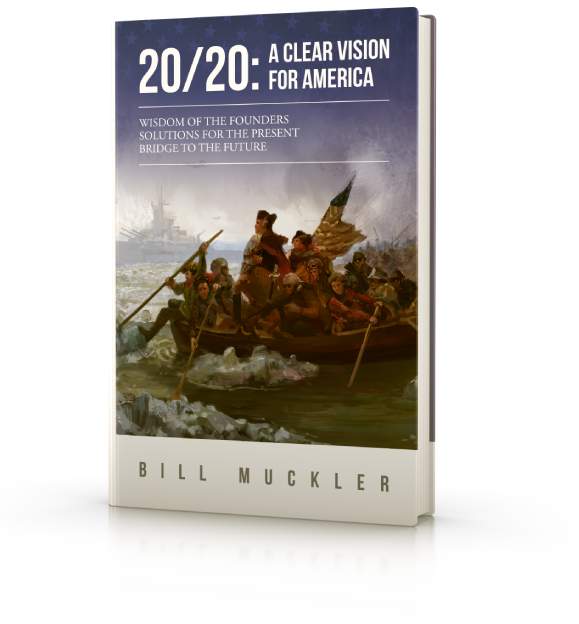
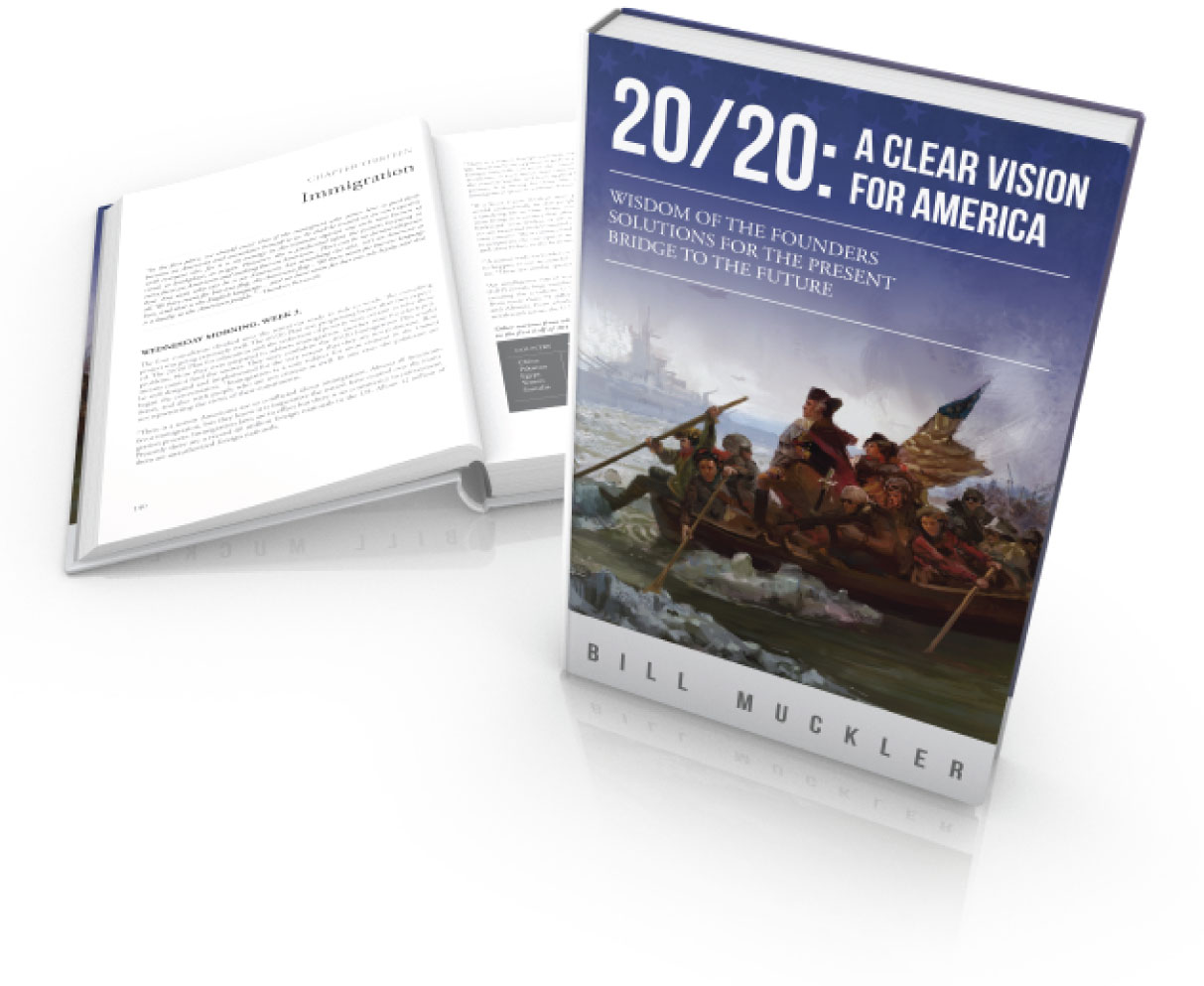

Recent Comments